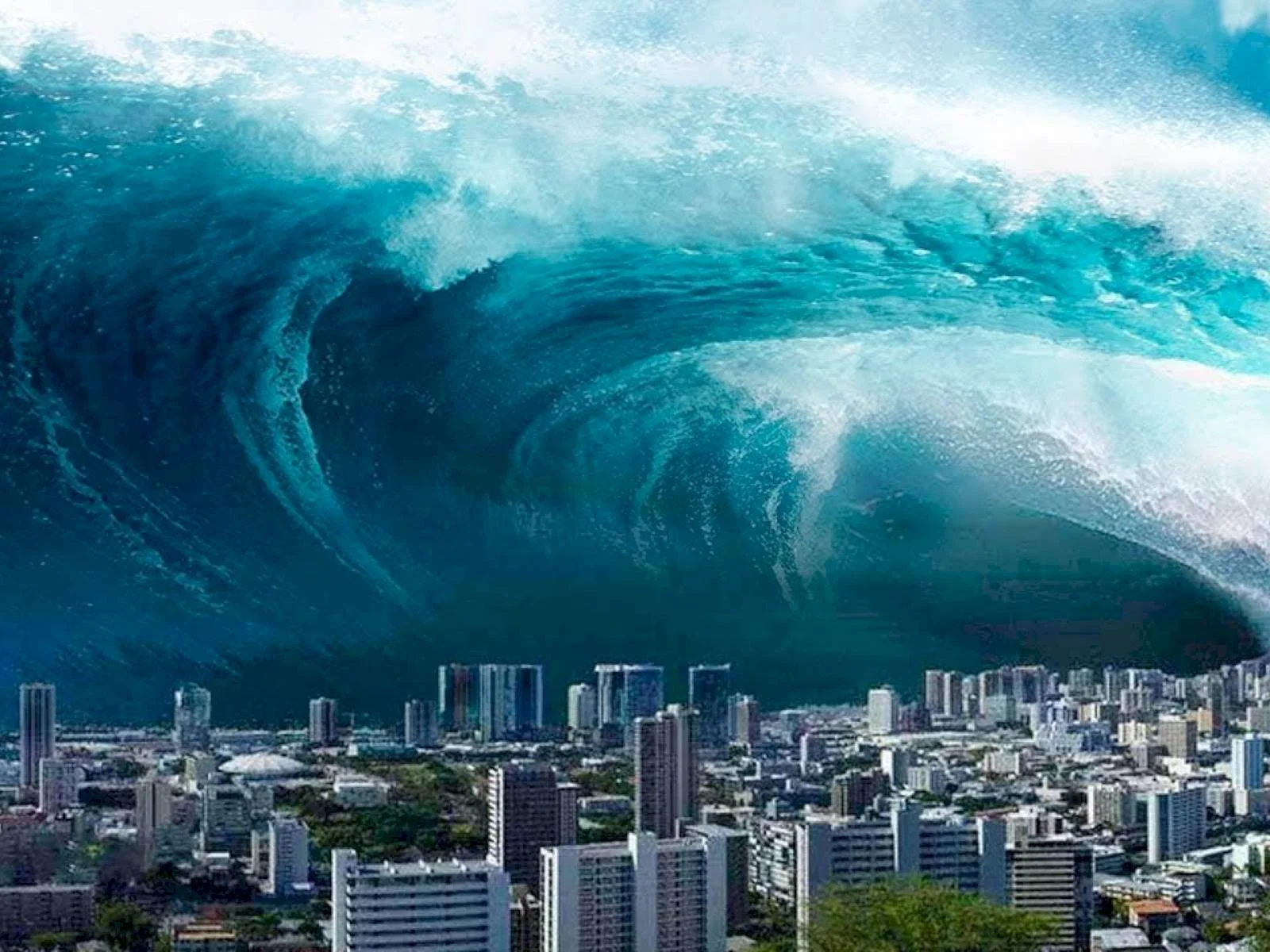Killer wave 4-story high recorded off the coast of Canada

A huge wave has been spotted off the Canadian coast on Vancouver Island. Its value was 17.6 meters with a height of surrounding waves of six meters.
Wave fixation was carried out back in November 2020 off the coast of Vkluelet by MarineLabs Data Systems (MarineLabs). The results of the research work were published by the scientific publication Scientific Reports.
Killer waves (otherwise they are called wandering waves, freaks or the ninth wave) at first glance are similar to a tsunami, but there are differences between them. Thus, the appearance of a tsunami is sometimes predictable, and freak waves arise spontaneously, and their magnitude is at least twice as large as the surrounding waves. For the first time, such a phenomenon was recorded on January 1, 1995 - the “Dropner wave”, seen in the North Sea off the coast of Norway, had a magnitude of over 25 m with a height of surrounding waves of twelve.
According to Dr. Johannesse Gemmrich, a research physicist at the University of Victoria who studies wave phenomena off the coast of British Columbia, the Vklueleta wave is the most powerful wave of its type on record. He also noted that the frequency of occurrence of such an event is equal to once in 1300 years.
CoastAware MarineLabs uses information from a group of 26 sensor buoys located along the coasts and in the oceans near the North American continent. This year the company is going to increase the number of buoys up to 70 pieces.
The process of formation of killer waves is not well understood. It is assumed that they arise due to the action of turbulent currents, winds or storms. As a result, individual small waves merge into one huge water wall, which is difficult to detect and fix.
Wave fixation was carried out back in November 2020 off the coast of Vkluelet by MarineLabs Data Systems (MarineLabs). The results of the research work were published by the scientific publication Scientific Reports.
Killer waves (otherwise they are called wandering waves, freaks or the ninth wave) at first glance are similar to a tsunami, but there are differences between them. Thus, the appearance of a tsunami is sometimes predictable, and freak waves arise spontaneously, and their magnitude is at least twice as large as the surrounding waves. For the first time, such a phenomenon was recorded on January 1, 1995 - the “Dropner wave”, seen in the North Sea off the coast of Norway, had a magnitude of over 25 m with a height of surrounding waves of twelve.
According to Dr. Johannesse Gemmrich, a research physicist at the University of Victoria who studies wave phenomena off the coast of British Columbia, the Vklueleta wave is the most powerful wave of its type on record. He also noted that the frequency of occurrence of such an event is equal to once in 1300 years.
CoastAware MarineLabs uses information from a group of 26 sensor buoys located along the coasts and in the oceans near the North American continent. This year the company is going to increase the number of buoys up to 70 pieces.
The process of formation of killer waves is not well understood. It is assumed that they arise due to the action of turbulent currents, winds or storms. As a result, individual small waves merge into one huge water wall, which is difficult to detect and fix.





There are no comments yet :(